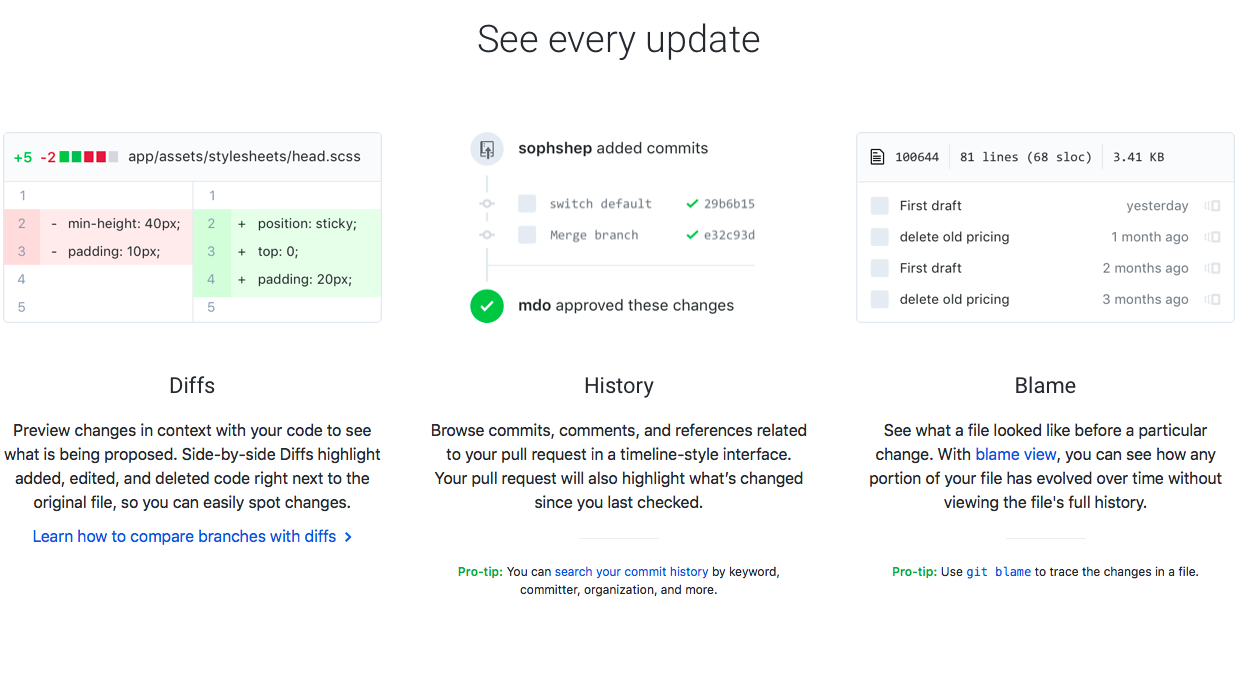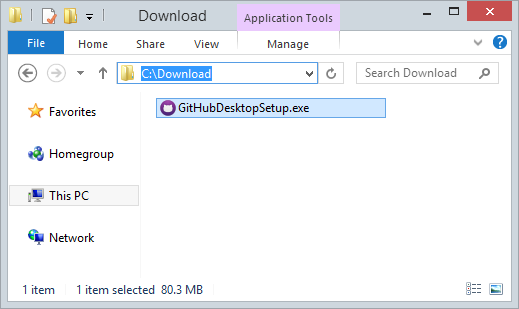

Save the file as supplies.txt to the bitbucketstationsupplies directory on your local system. The supplies.txt file now appears in Sourcetree since you created it in your local repository. Use a text editor to add the following three lines: If you aren't sure which one to go with, keep Git as your option.Ĭlick Create repository. Bitbucket creates your repository and displays its Source page.ĭouble-click the bitbucketstationsupplies repository in Sourcetree and notice that there is nothing to commit from your local repository to the remote repository. Include a README? -If you recently created your account, this defaults to a tutorial README. For the purposes of this tutorial, pick either of the Yes options, that way you'll start out with a file.įrom Version control system, you can choose either Git or Mercurial. If this box is unchecked, anyone can see your repository. Keep the rest of the options as is unless you want to change them:Īccess level -Leave the This is a private repository box checked. A private repository is only visible to you and those with access. For example, if the user the_best has a repository called awesome_repo, the URL for that repository would be. Bitbucket uses this Name in the URL of the repository. With the exception of the Repository type, everything you enter on this page you can later change.Įnter BitbucketStationSupplies for the Name field. Take some time to review the dialog's contents. Bitbucket displays the Create a new repository page. From Bitbucket, click the + icon in the global sidebar and select Repository.
#Github desktop tool code#
You could also make bulk code updates in few clicks irrespective of the number of directories and files.Do the following to create your repository: Using GitHub Desktop client, you can easily manage the codes locally. Authenticate GitHub to push the changesġ5. Click on “Save and retry” to push the changes to git repository. You need to pass the valid credentials to authenticate the repo. Click on “ Commit to Master” Commit to Master branchġ3. Add meaningful comments to commit the changes. You could also copy directories and files to that path to upload to GitHub repository.

It will automatically detect the code changes. Let’s make some changes on the README.MD file to test. Click on “Show in explorer” to see the files and folders on the repo. It just displays that, we haven’t made any local changes so far. Once the repository is cloned, you could see the following screen. Click on clone to pull the repository to local path. Enter the copied repo URL and select the local directory path. In Desktop GitHub, click on “Clone a repository from the Internet” Desktop GitHub – Clone RepoĨ. Copy the GitHub repository URL from webpage. You could also opt out sending periodic usage statistics to GitHub. Click Finish complete the local configuration. Just enter your name and email address to configure locally GitHub Desktop – Configure Gitĥ. I have selected “skip to continue” to manually manage the repository. You could also directly logging in to existing GitHub account to manage the repository. Once the GitHub is installed, you will get the welcome page like below.
#Github desktop tool install#
Click on the downloaded executable to install it. You could also upload the codes directly using GitHub web-GUIġ. The desktop client can be installed with normal user privileges. Desktop GitHub Client is one of the tools which can be used to manage the code from your laptop/desktop effectively. GitHub continuously offers many tools to manage the codes effectively.


GitHub is a web-based version control platform to manage the codes.


 0 kommentar(er)
0 kommentar(er)
